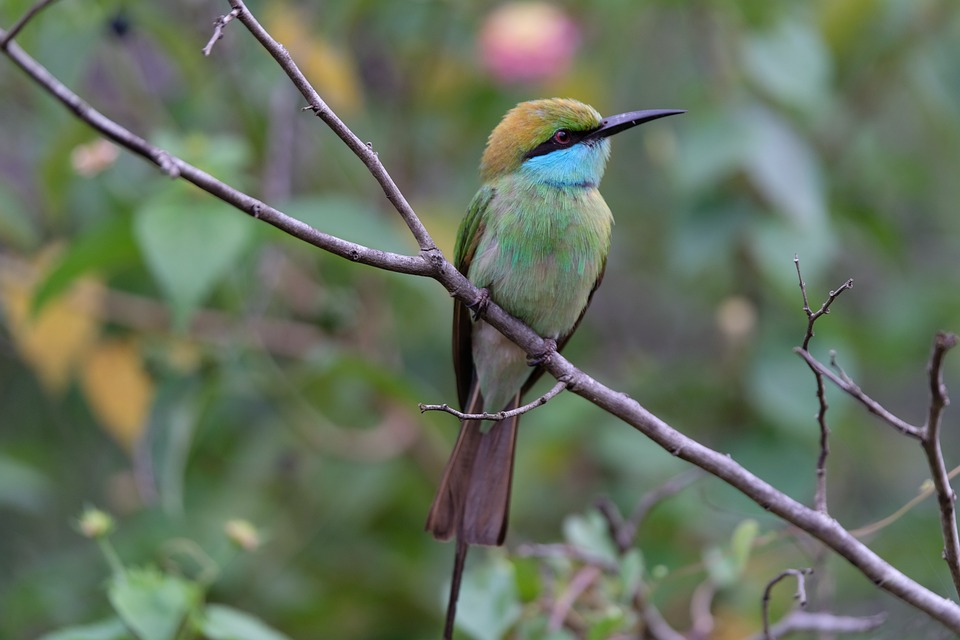Pinnawala Elephant Orphanage: A Sanctuary for Rescued Elephants in Sri Lanka

A Sanctuary for Rescued Elephants in Sri Lanka
Pinnawala Elephant Orphanage is a popular tourist attraction in Sri Lanka that serves as a sanctuary for rescued elephants. In this article, we will explore the history of the orphanage, the daily routines of the elephants, and the impact of tourism on their well-being. We will also discuss the challenges faced by the orphanage and how visitors can support their cause.
Table of Contents
ToggleWhat is the history behind Pinnawala Elephant Orphanage?
Pinnawala Elephant Orphanage was established in 1975 by the Sri Lankan Department of Wildlife Conservation to care for orphaned and injured elephants. The orphanage started with just five elephants but has since grown to become the largest captive elephant herd in the world. Today, Pinnawala is home to over 80 elephants, including several generations born within the orphanage.
The orphanage is located in a scenic area near the Maha Oya River, providing the elephants with ample space to roam and socialize. Visitors to Pinnawala can witness the elephants bathing in the river and feeding on a specially prepared diet of fruits and vegetables.
What is a typical day like for the elephants at Pinnawala?
At Pinnawala Elephant Orphanage, the elephants follow a daily routine that mimics their natural behaviors in the wild. Early in the morning, the elephants are taken to the river for their daily bath, which helps them cool off and socialize with each other. Visitors can observe this daily ritual and even assist in bathing the elephants.
After their bath, the elephants return to the orphanage grounds for feeding and rest. Throughout the day, they are free to roam the spacious grounds, graze on grass and vegetation, and interact with visitors. In the afternoon, the elephants are once again taken to the river for another bath before retiring for the night.
How does tourism impact the well-being of the elephants at Pinnawala?
While tourism has brought much-needed revenue to Pinnawala Elephant Orphanage, it has also raised concerns about the welfare of the elephants. Some critics argue that the constant presence of visitors can be stressful for the elephants, disrupting their natural behaviors and social dynamics.
To mitigate these concerns, the orphanage has implemented strict guidelines for visitor interaction with the elephants. The staff closely monitors the elephants’ behavior and limits the number of visitors allowed in close proximity to the animals. Additionally, Pinnawala has established educational programs to raise awareness about elephant conservation and responsible tourism practices.
What are the challenges faced by Pinnawala Elephant Orphanage?
Pinnawala Elephant Orphanage faces several challenges in caring for its large elephant herd. The orphanage relies heavily on donations and revenue from tourism to cover the costs of feeding, veterinary care, and habitat maintenance. In recent years, funding has become increasingly scarce, putting a strain on the orphanage’s resources.
Another challenge is the ongoing conflict between elephants and humans in Sri Lanka. As their natural habitat shrinks due to deforestation and urban development, wild elephants often come into conflict with farmers, leading to human-elephant conflicts. Pinnawala plays a crucial role in providing a safe haven for these orphaned and injured elephants, but the demand for their care continues to grow.
How can visitors support the cause of Pinnawala Elephant Orphanage?
Visitors to Pinnawala Elephant Orphanage can support the cause in several ways. One of the most effective ways is to make a donation to the orphanage, either in person or online. These funds help cover the costs of food, medical care, and infrastructure maintenance for the elephants.
Another way to support the orphanage is by spreading awareness about elephant conservation and responsible tourism practices. By sharing their experiences at Pinnawala with friends and family, visitors can help raise awareness about the challenges faced by captive elephants in Sri Lanka and the importance of supporting ethical animal tourism.
Frequently Asked Questions
1. Can visitors ride the elephants at Pinnawala?
No, visitors are not permitted to ride the elephants at Pinnawala Elephant Orphanage. The orphanage prioritizes the well-being and safety of the elephants, and riding them can cause stress and discomfort to the animals.
2. Are the elephants at Pinnawala well cared for?
Yes, the elephants at Pinnawala Elephant Orphanage receive regular veterinary care, a balanced diet, and access to a natural habitat that allows them to engage in their natural behaviors. The staff at the orphanage are dedicated to providing the best possible care for the elephants.
3. Can visitors interact with the elephants at Pinnawala?
Visitors at Pinnawala Elephant Orphanage can observe and interact with the elephants from a safe distance. The orphanage offers guided tours and elephant feeding sessions that allow visitors to learn more about these majestic animals.
4. Are there opportunities to volunteer at Pinnawala Elephant Orphanage?
Yes, Pinnawala Elephant Orphanage offers volunteer programs for individuals who wish to support the care of the elephants. Volunteers assist with feeding, bathing, and habitat maintenance, providing valuable support to the orphanage staff.
5. How can I learn more about elephant conservation in Sri Lanka?
Visitors to Pinnawala Elephant Orphanage can participate in educational programs and workshops that focus on elephant conservation and responsible tourism practices. These programs offer valuable insights into the challenges faced by elephants in Sri Lanka and ways to support their conservation.
All Categories
Recent Posts
How to Obtain an International Driving License in Sri Lanka
Flying from KTM to Sri Lanka: What You Need to Know
Affordable Business Class Flights to Sri Lanka

